Seagulls, with their striking white plumage and distinctive calls, are among the most recognizable and widespread birds along coastal areas and even inland regions. Known for their playful antics and adaptability, seagulls are a fascinating subject for children’s activities. Their presence in popular culture and natural habitats makes them an engaging and educational topic for young learners.
In this blog post, we’re excited to present 50 delightful seagull coloring pages that are perfect for sparking creativity and curiosity in children. Alongside these coloring pages, we’ve included some interesting facts about seagulls to provide a fun and informative experience.
Age Range: Who Can Enjoy These Coloring Pages?
Our collection of seagull coloring pages is designed to suit children across various developmental stages. Here’s a guide to who can benefit from these pages:
Toddlers (Ages 2-4)
For the youngest artists, we offer simple and bold seagull outlines that are easy to color. These pages help toddlers develop fine motor skills and become familiar with the basic shapes and features of seagulls.
Preschoolers (Ages 4-6)
Preschoolers will enjoy slightly more detailed illustrations that encourage them to experiment with different colors and practice coloring within the lines. These pages are ideal for enhancing hand-eye coordination and fostering creativity.
Early Elementary (Ages 6-8)
Children in early elementary school will find more intricate seagull designs that challenge them to use color patterns and techniques. These pages support concentration and attention to detail while providing a fun artistic outlet.
Older Kids (Ages 8-12)
Older kids will appreciate complex and detailed illustrations that offer opportunities for advanced coloring techniques such as shading and blending. These pages are designed to engage and stimulate older children, providing both a creative challenge and enjoyment.
Fun Facts About Seagulls
As your child colors these seagull-themed pages, share these fascinating facts about seagulls to enhance their learning experience:
- Seagulls are highly adaptable birds. They are found in a wide range of habitats, from coastal regions and lakes to urban areas and inland waterways.
- Seagulls have a varied diet. They are omnivorous and will eat almost anything, including fish, insects, scraps of food from humans, and even small animals.
- Seagulls are excellent fliers. They have strong wings and are capable of soaring for long distances, using thermal updrafts to stay aloft with minimal effort.
- Seagulls are social birds. They often form large colonies, especially during the breeding season, where they engage in communal behaviors such as feeding and nesting.
- Seagulls have a distinctive call. Their calls are used for communication between individuals, including signaling danger, attracting mates, and coordinating activities within their flocks.
- Seagulls have webbed feet. Their webbed feet are adapted for swimming and walking on various surfaces, including sand, mud, and rocky shores.
- Seagulls are known for their intelligence. They are among the few bird species that use tools, such as dropping shellfish from heights to break them open and access the meat inside.
- Seagulls have a special gland for excreting salt. They have a specialized gland near their eyes that helps them excrete excess salt from the seawater they ingest, which is why you might see them shaking their heads frequently.
- Seagulls can live for many years. Depending on the species, seagulls can live from 10 to 20 years or more in the wild, with some individuals reaching ages of up to 30 years.
- Seagulls are migratory. Some species of seagulls migrate seasonally, traveling long distances between their breeding and wintering grounds to find food and suitable nesting sites.
- Seagulls are known for their scavenging behavior. In urban areas, they often scavenge for food from garbage and food waste, which can lead to conflicts with humans.
- Seagulls have good vision. They have excellent eyesight that allows them to spot food from great distances and navigate their environment effectively.
- Seagulls have a diverse range of species. There are around 50 species of seagulls, each with its own unique features and adaptations to different environments.
- Seagulls are important in ecosystems. They play a role in controlling populations of insects and small marine organisms, and their droppings contribute nutrients to coastal and aquatic ecosystems.
- Seagulls use a variety of nesting sites. Depending on the species, they may nest on cliffs, sandy beaches, islands, or even rooftops in urban areas.
- Seagulls engage in elaborate courtship displays. During the breeding season, seagulls perform complex courtship rituals, including synchronized calling and elaborate flying displays to attract mates.
- Seagulls are known for their persistence. They are often seen following fishing boats or scavenging in busy areas, displaying remarkable persistence in their search for food.
- Seagulls have a varied plumage. Their feathers can range in color from white and gray to brown and black, with some species exhibiting striking patterns and markings.
- Seagulls have a high metabolism. Their active lifestyle and constant need for food require a high metabolic rate, which helps them maintain their energy levels for flight and foraging.
Seagull Coloring Page 1 for Kids
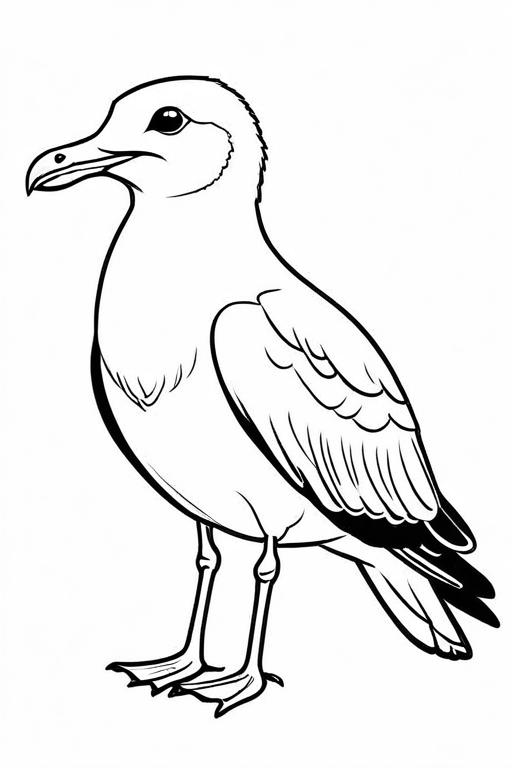
Seagull Coloring Page 2 for Kids
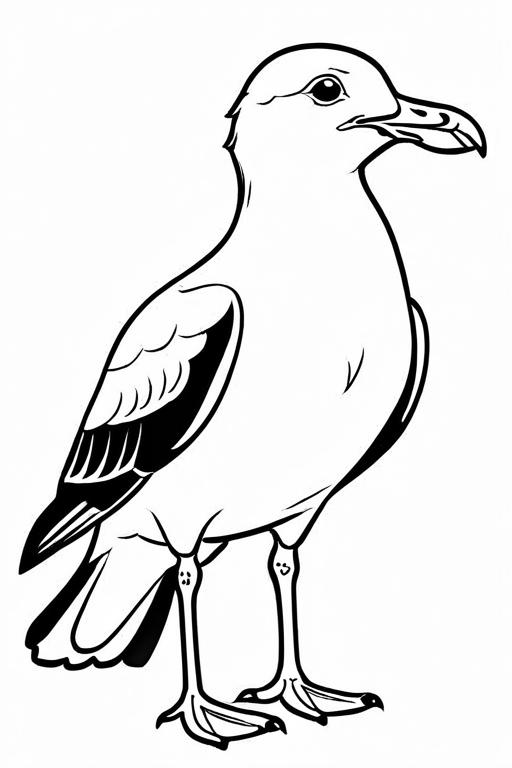
Seagull Coloring Page 3 for Kids
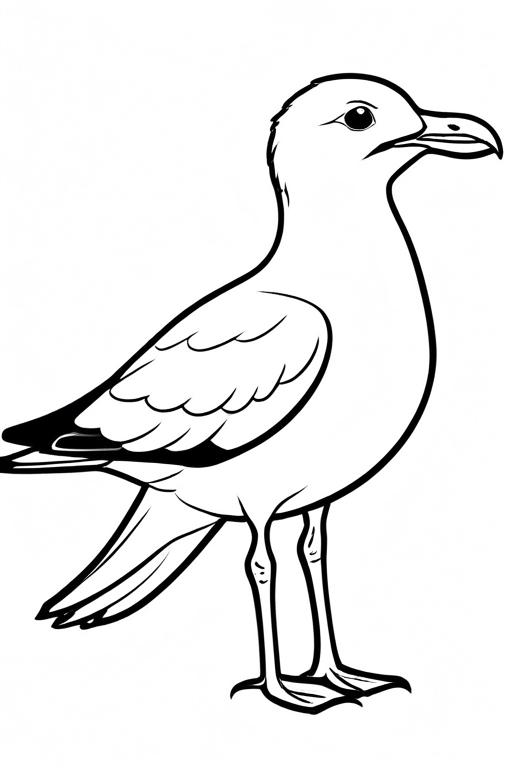
Seagull Coloring Page 4 for Kids
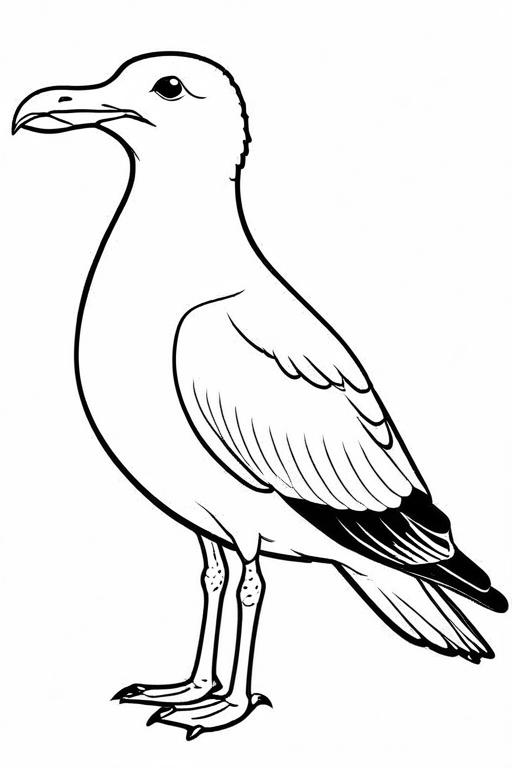
Seagull Coloring Page 5 for Kids
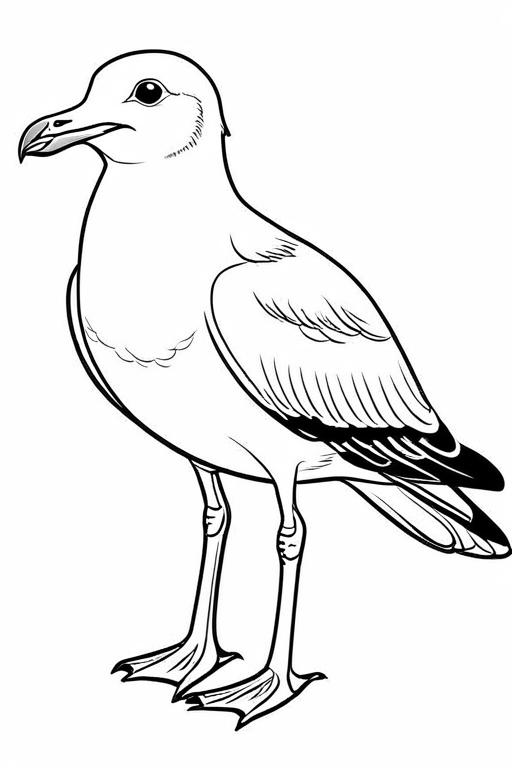
Seagull Coloring Page 6 for Kids

Seagull Coloring Page 7 for Kids
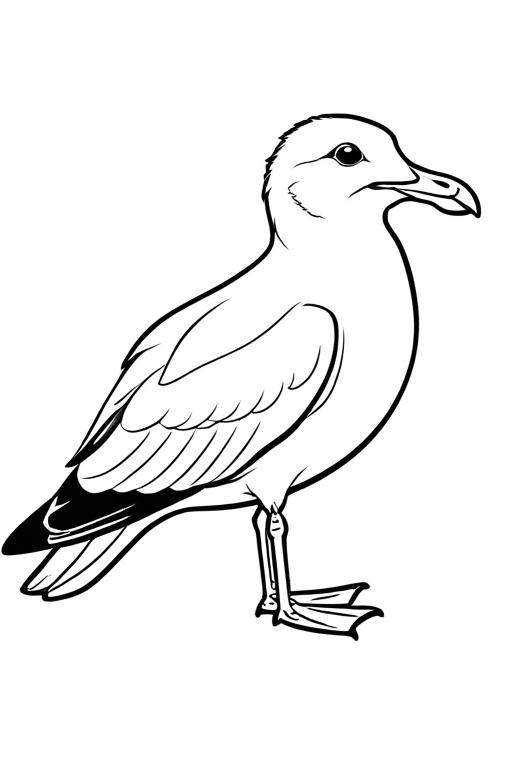
Seagull Coloring Page 8 for Kids
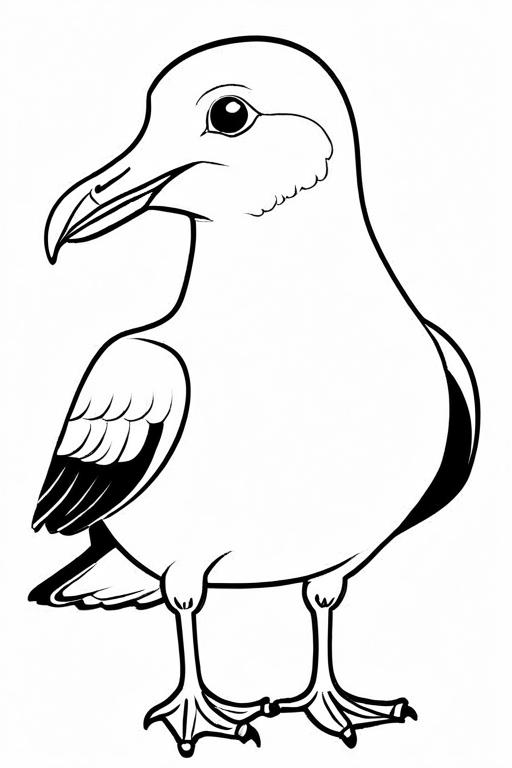
Seagull Coloring Page 9 for Kids
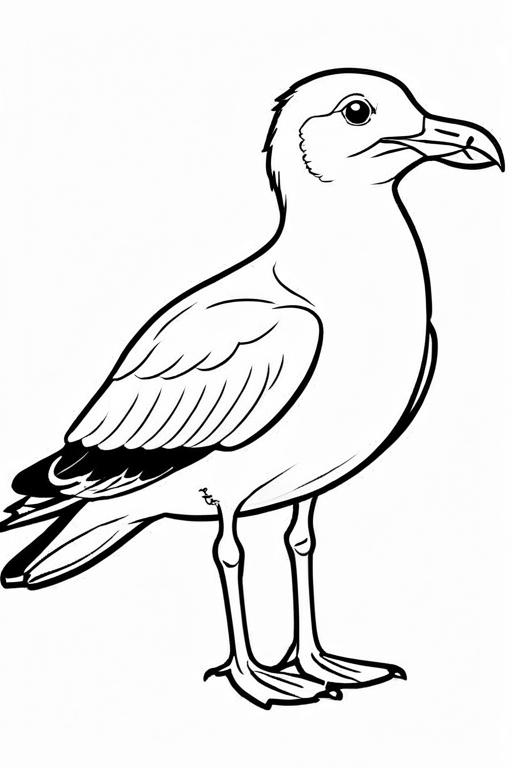
Seagull Coloring Page 10 for Kids
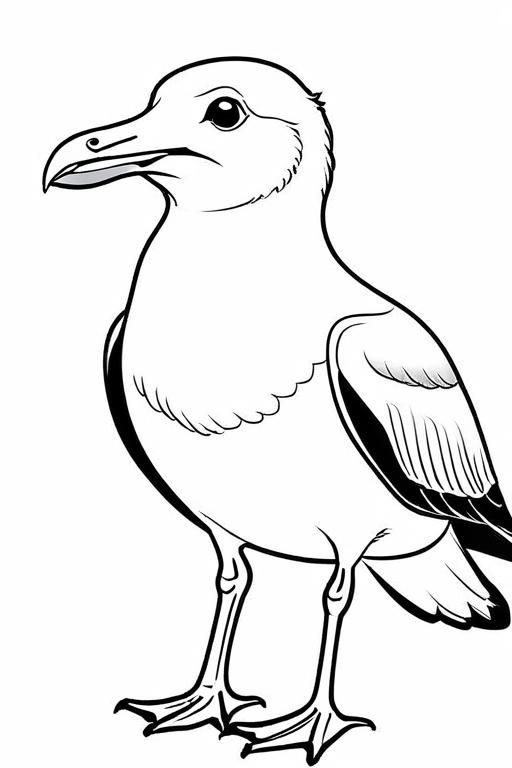
Seagull Coloring Page 11 for Kids
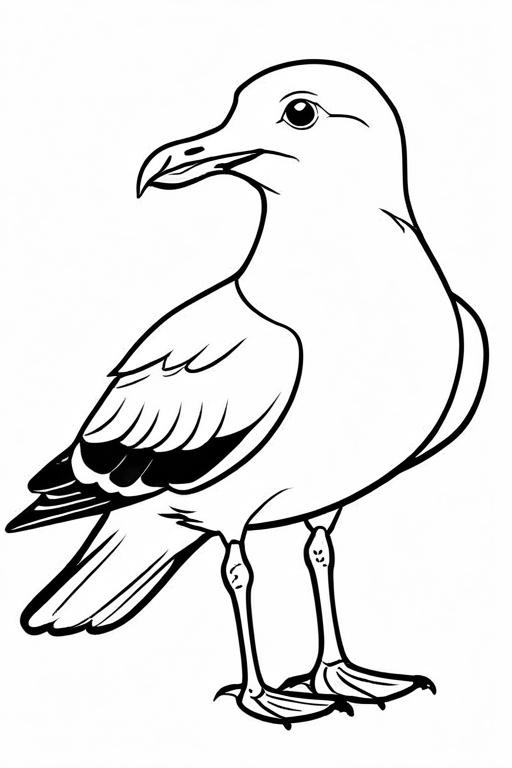
Seagull Coloring Page 12 for Kids
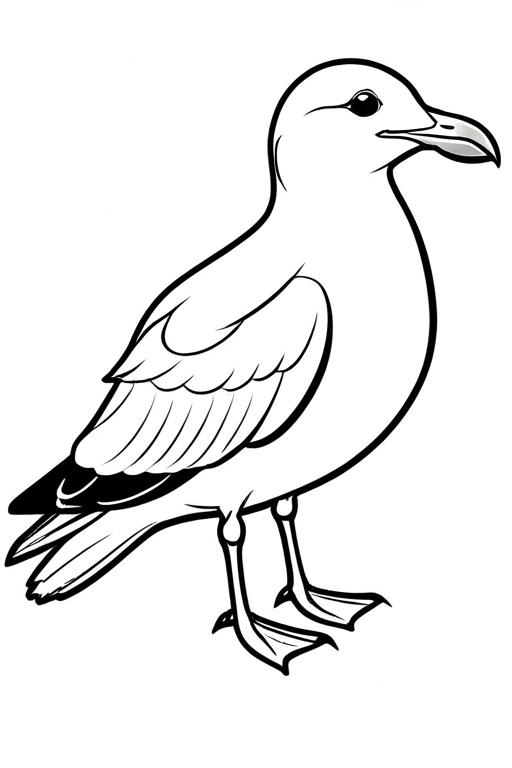
Seagull Coloring Page 13 for Kids
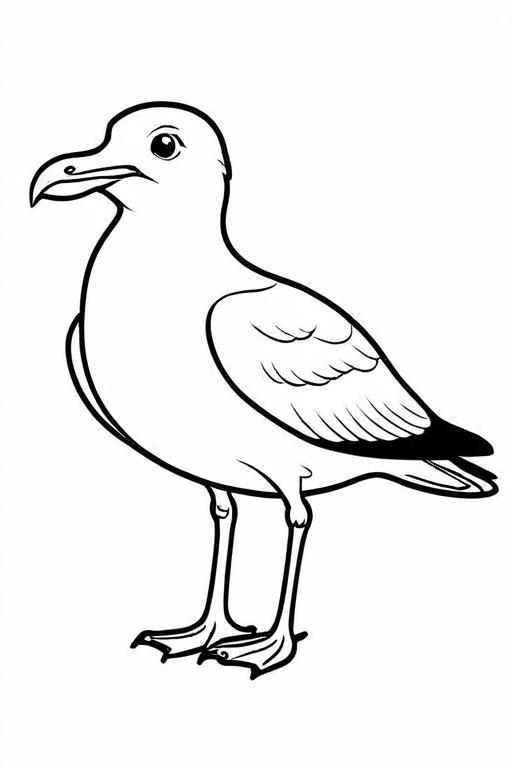
Seagull Coloring Page 14 for Kids
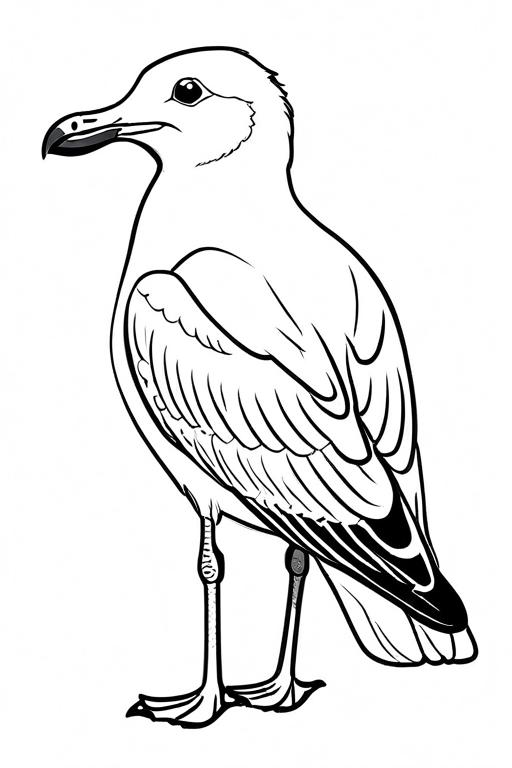
Seagull Coloring Page 15 for Kids
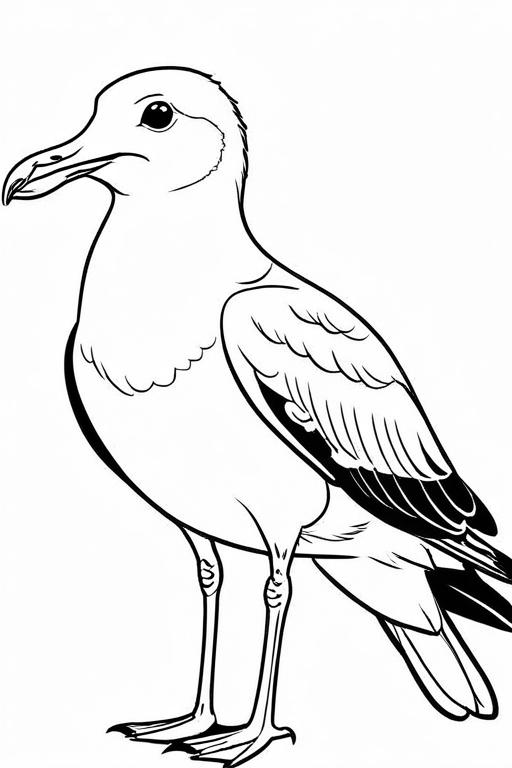
Seagull Coloring Page 16 for Kids
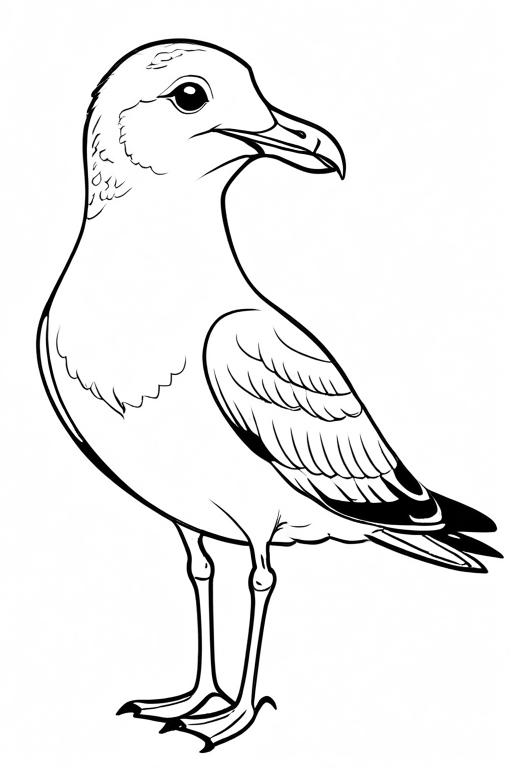
Seagull Coloring Page 17 for Kids
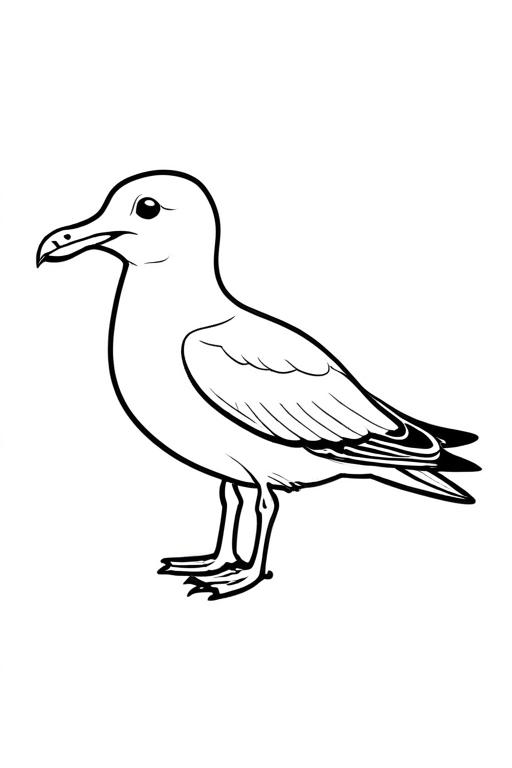
Seagull Coloring Page 18 for Kids
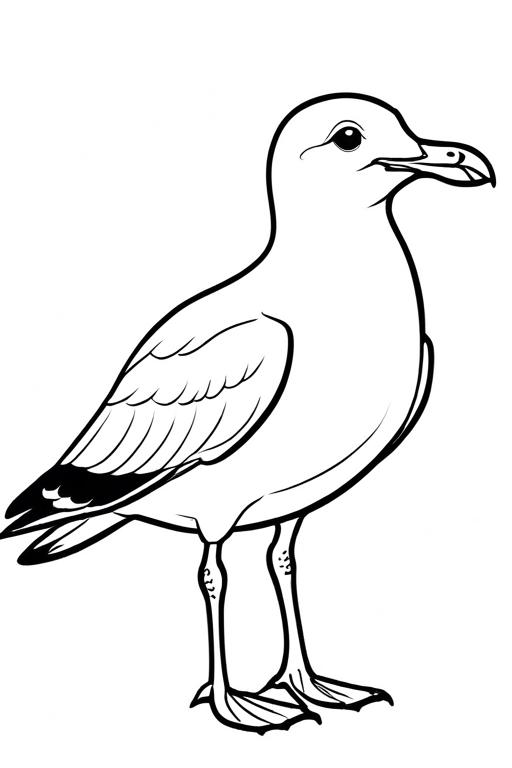
Seagull Coloring Page 19 for Kids
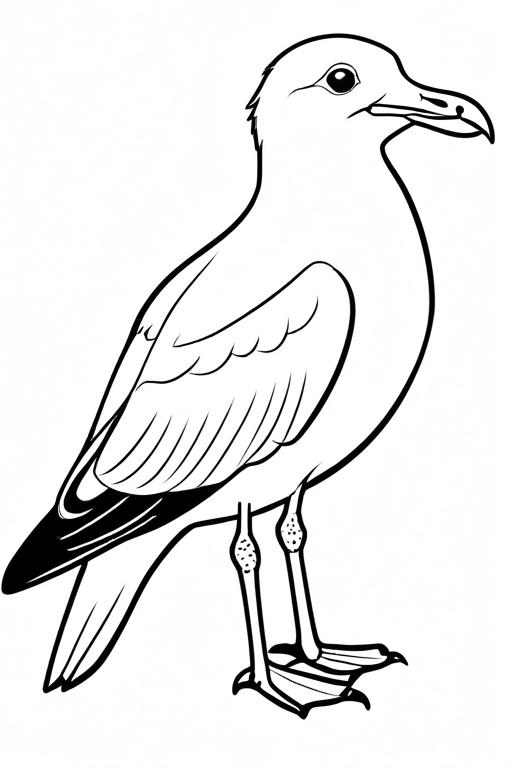
Seagull Coloring Page 20 for Kids
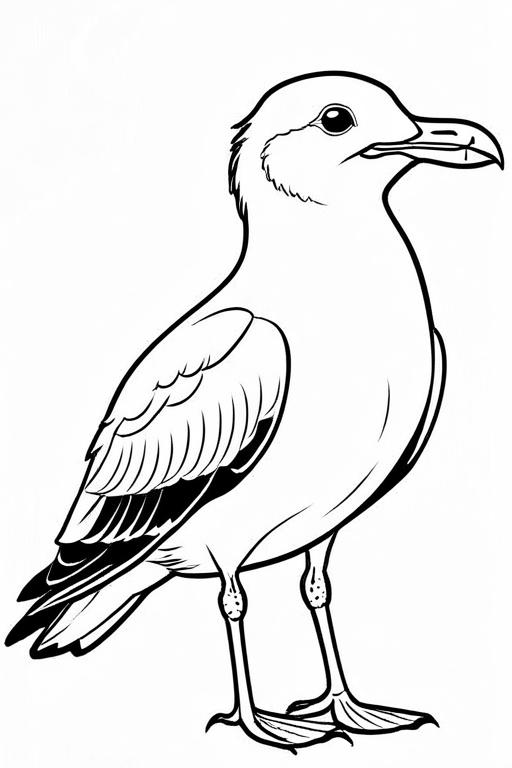
Seagull Coloring Page 21 for Kids
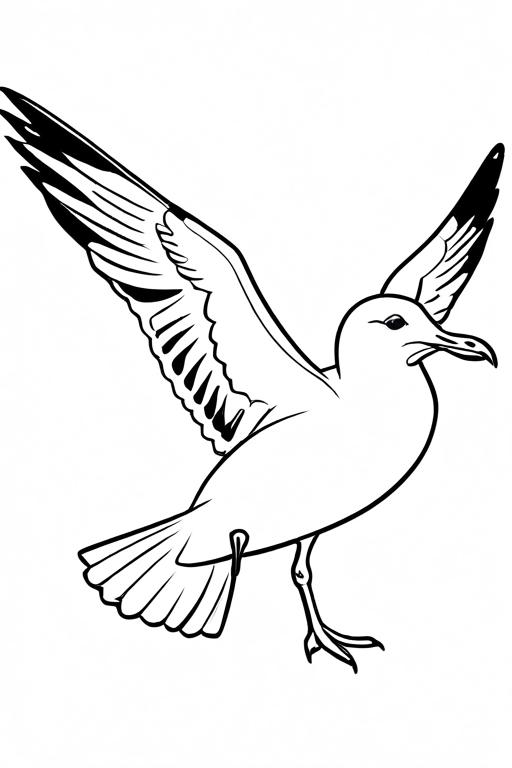
Seagull Coloring Page 22 for Kids
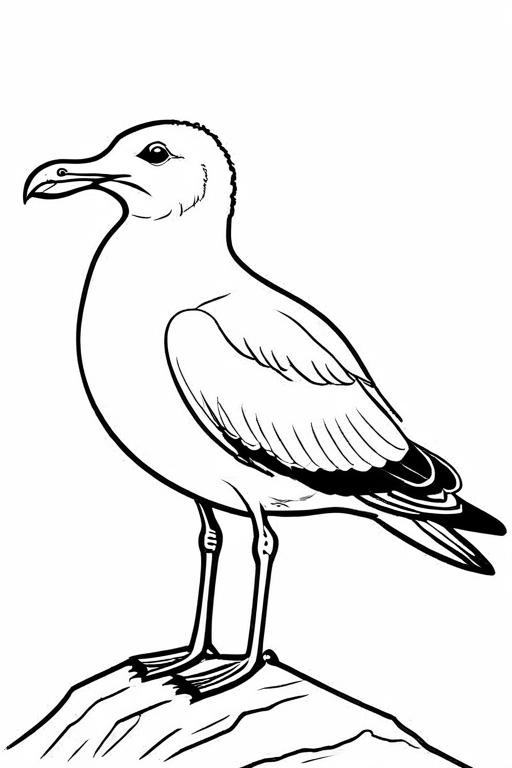
Seagull Coloring Page 23 for Kids
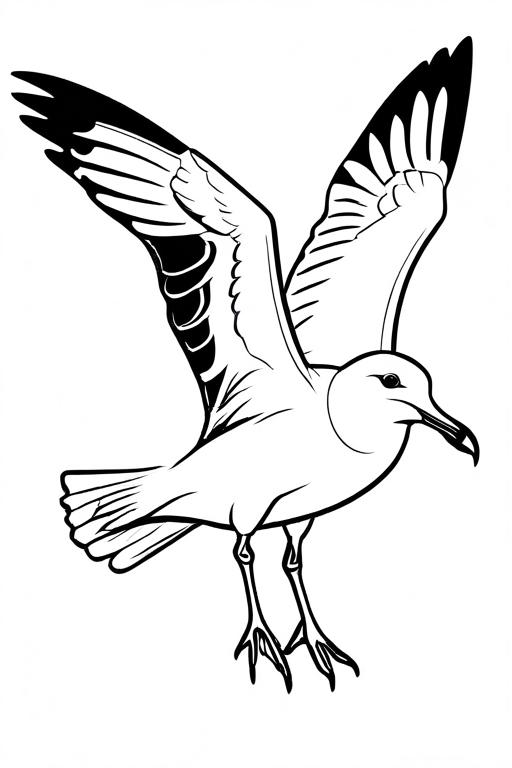
Seagull Coloring Page 24 for Kids
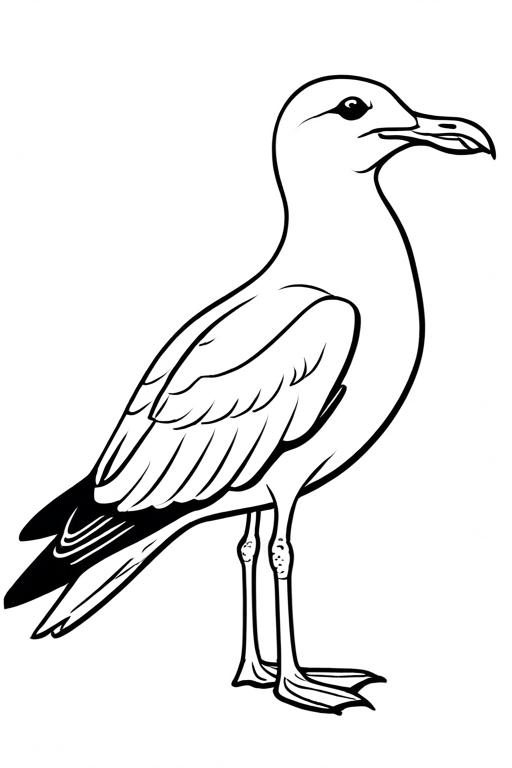
Seagull Coloring Page 25 for Kids
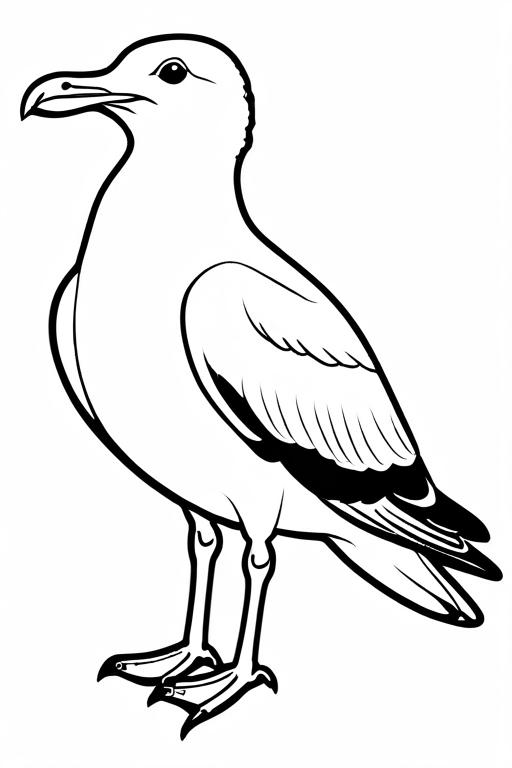
Seagull Coloring Page 26 for Kids

Seagull Coloring Page 27 for Kids
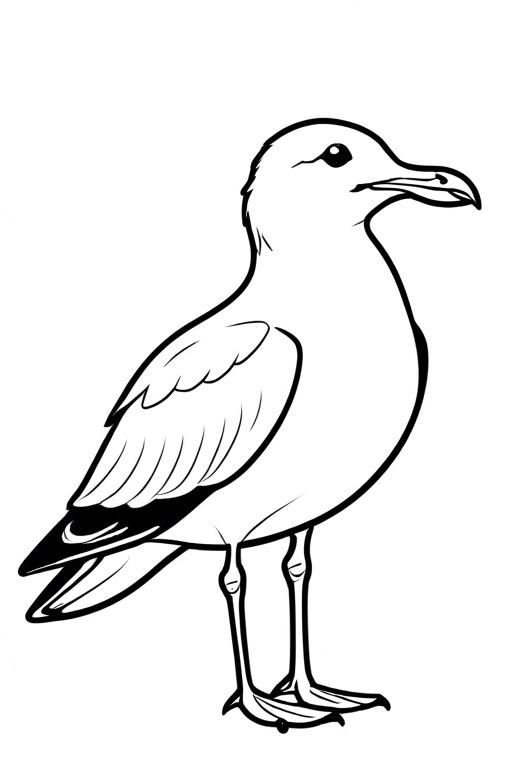
Seagull Coloring Page 28 for Kids
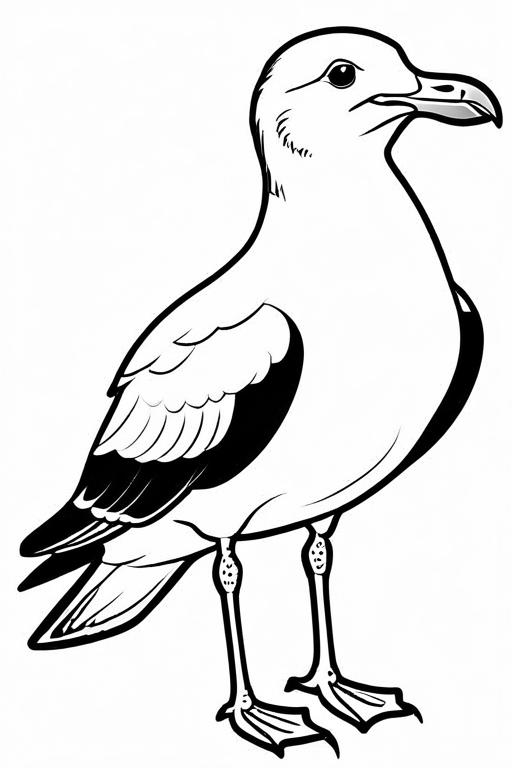
Seagull Coloring Page 29 for Kids
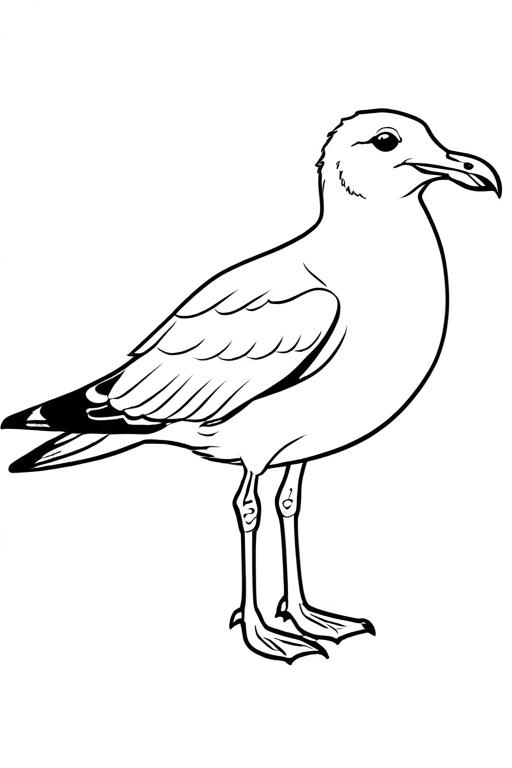
Seagull Coloring Page 30 for Kids

Seagull Coloring Page 31 for Kids
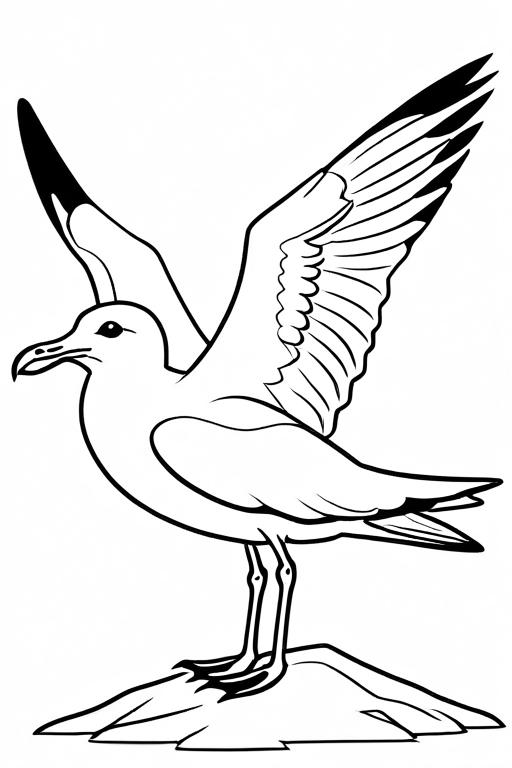
Seagull Coloring Page 32 for Kids
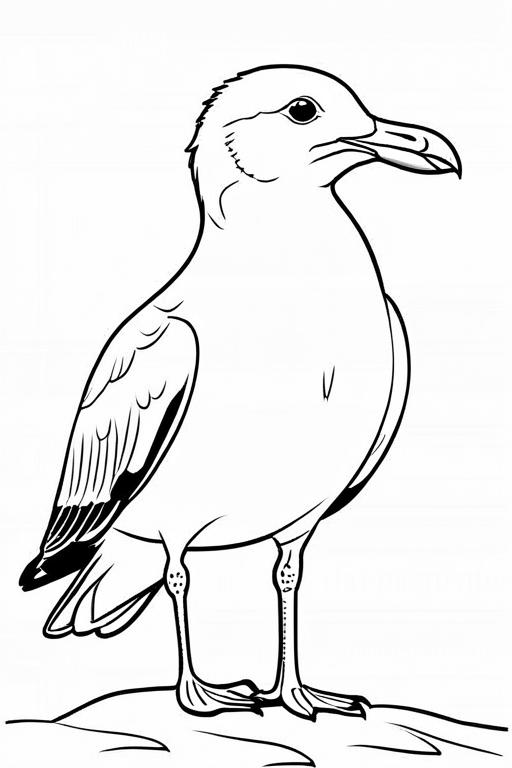
Seagull Coloring Page 33 for Kids
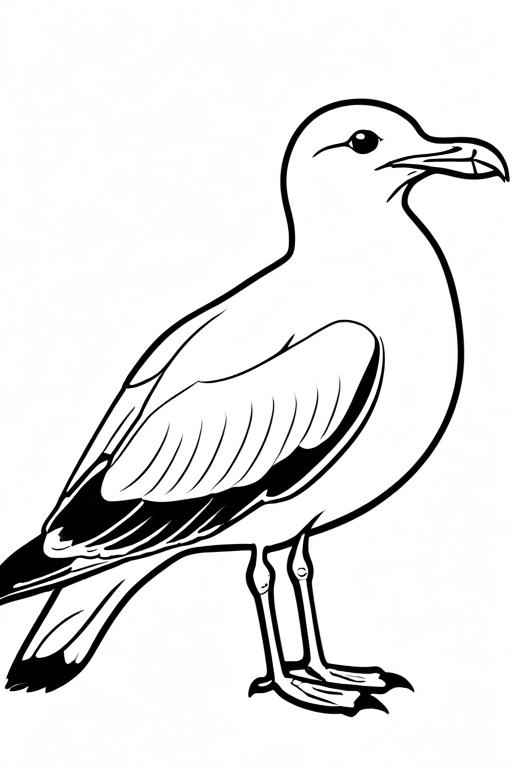
Seagull Coloring Page 34 for Kids
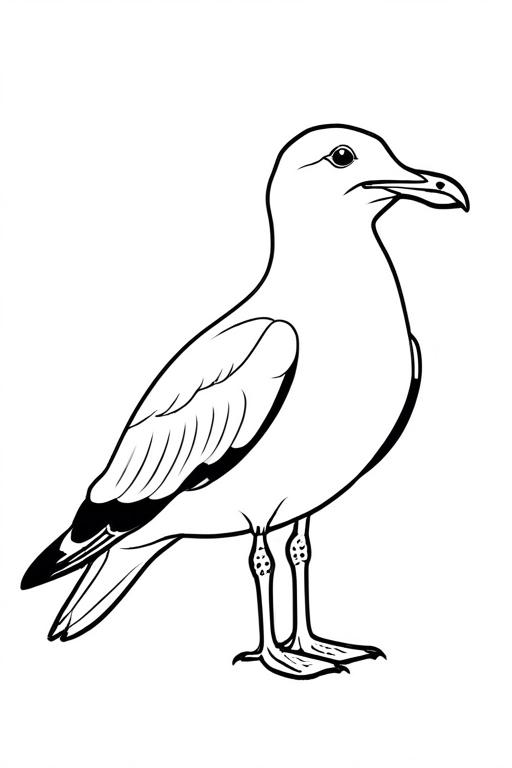
Seagull Coloring Page 35 for Kids
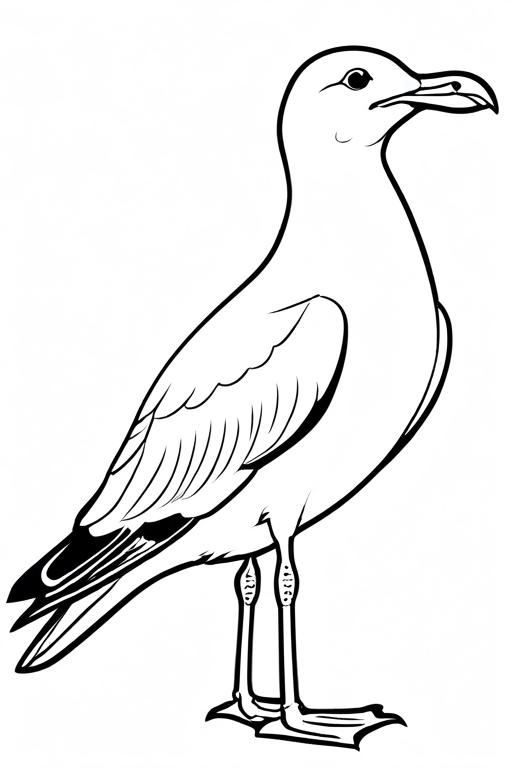
Seagull Coloring Page 36 for Kids
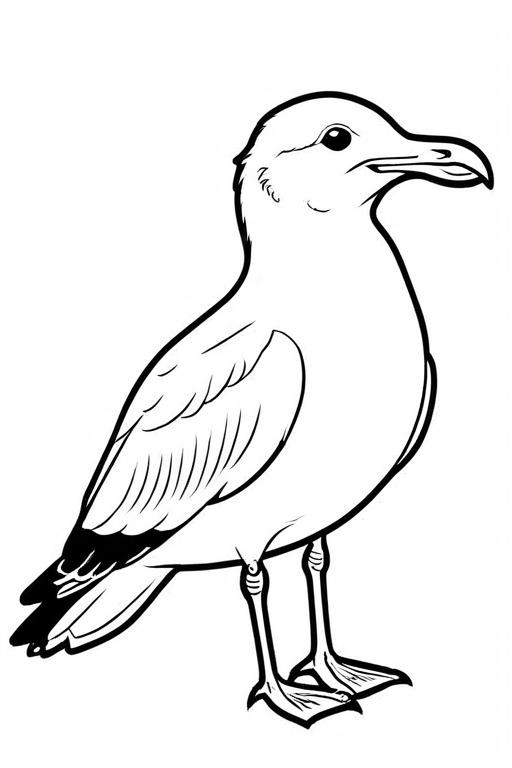
Seagull Coloring Page 37 for Kids
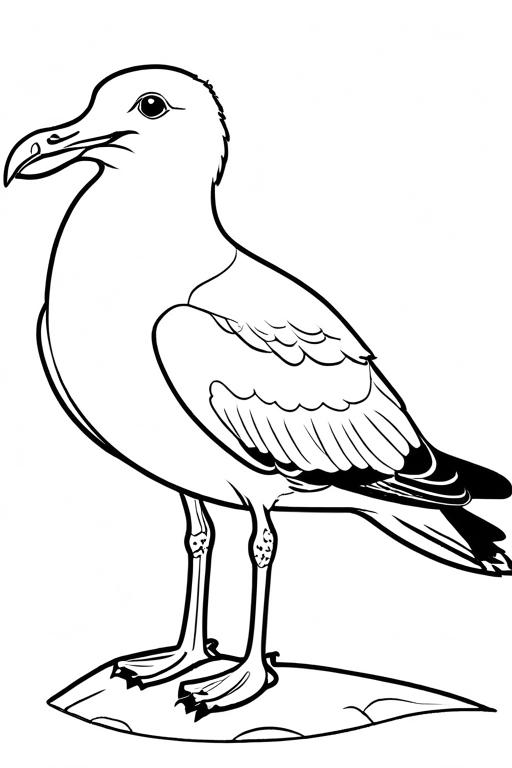
Seagull Coloring Page 38 for Kids
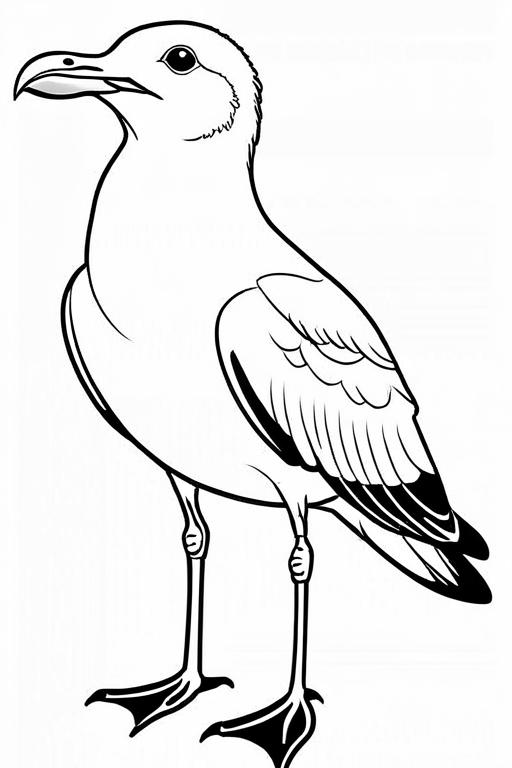
Seagull Coloring Page 39 for Kids
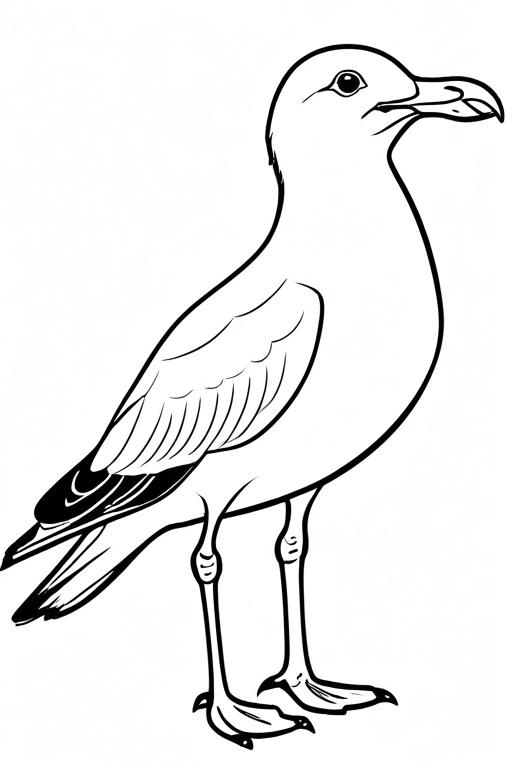
Seagull Coloring Page 40 for Kids
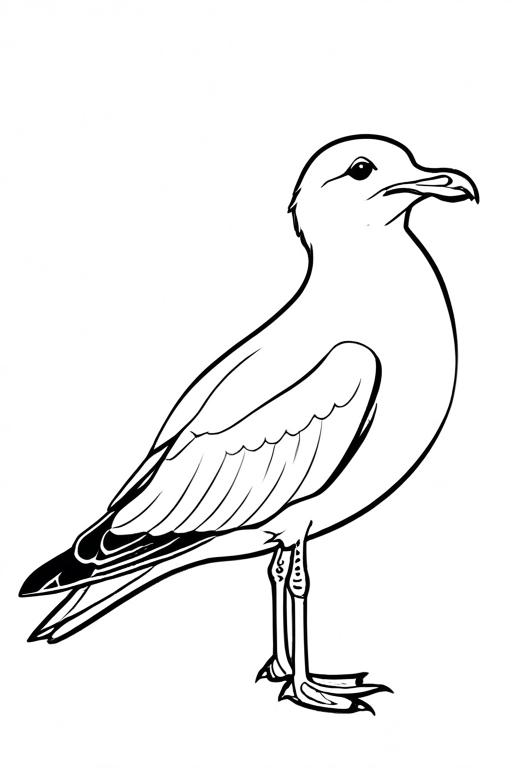
Seagull Coloring Page 41 for Kids
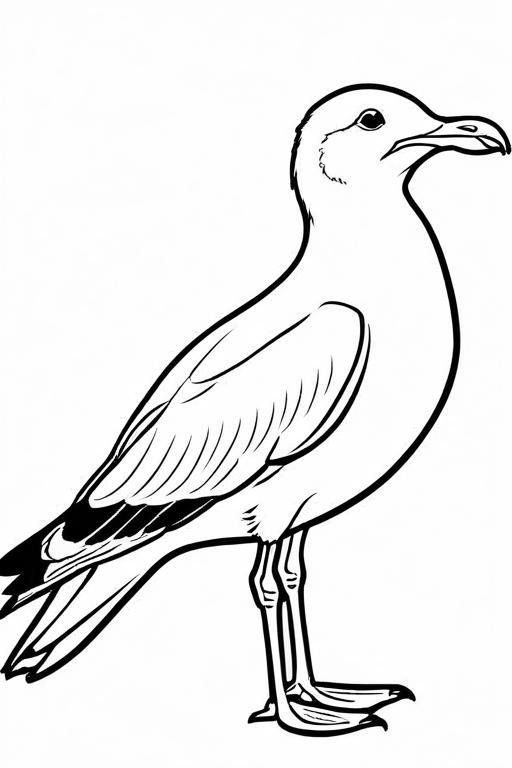
Seagull Coloring Page 42 for Kids
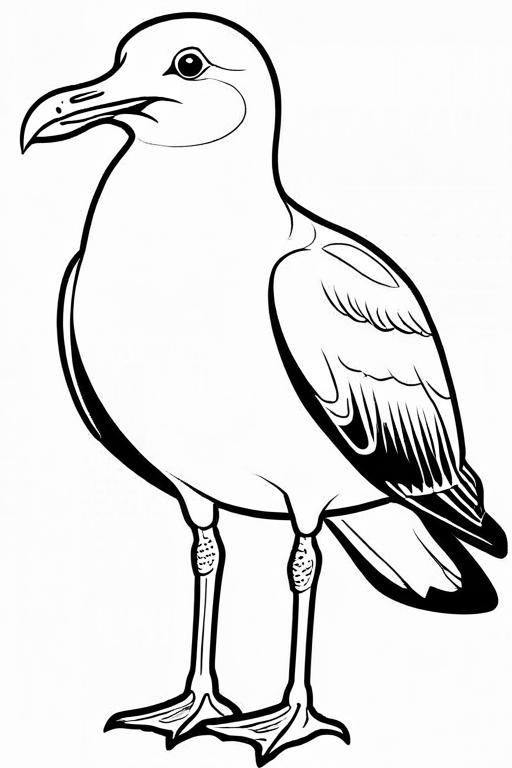
Seagull Coloring Page 43 for Kids
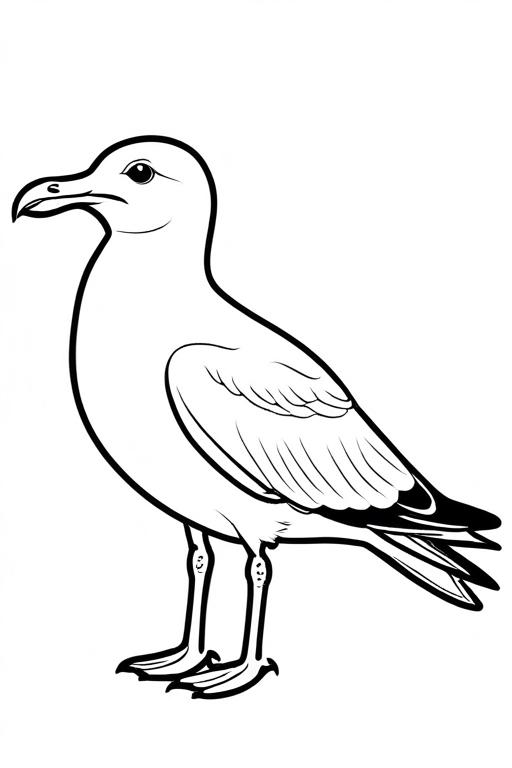
Seagull Coloring Page 44 for Kids
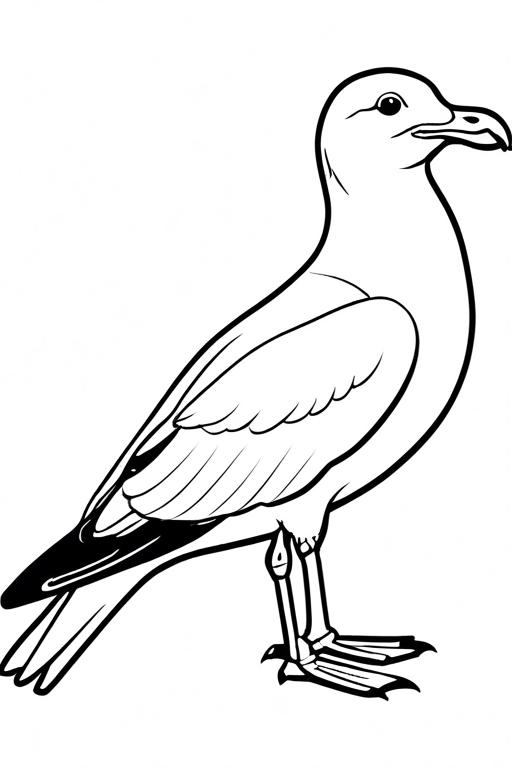
Seagull Coloring Page 45 for Kids
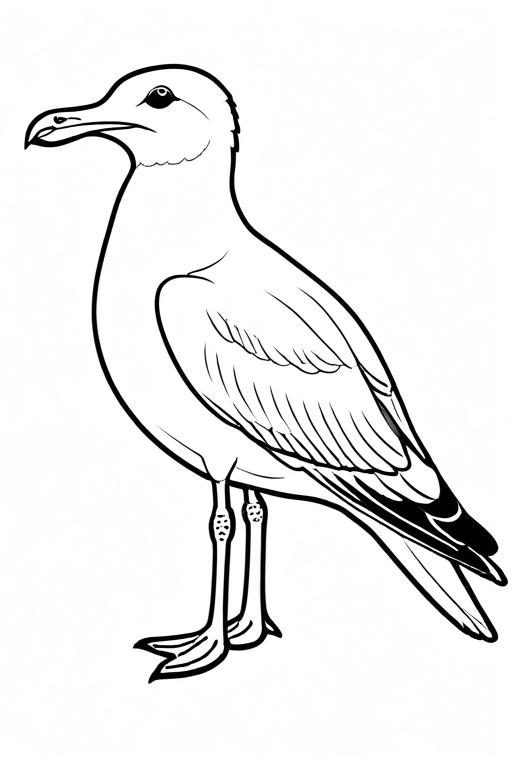
Seagull Coloring Page 46 for Kids
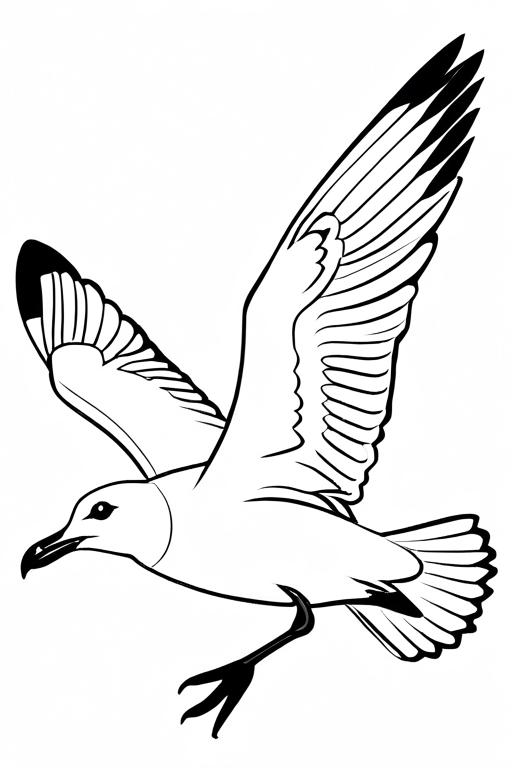
Seagull Coloring Page 47 for Kids
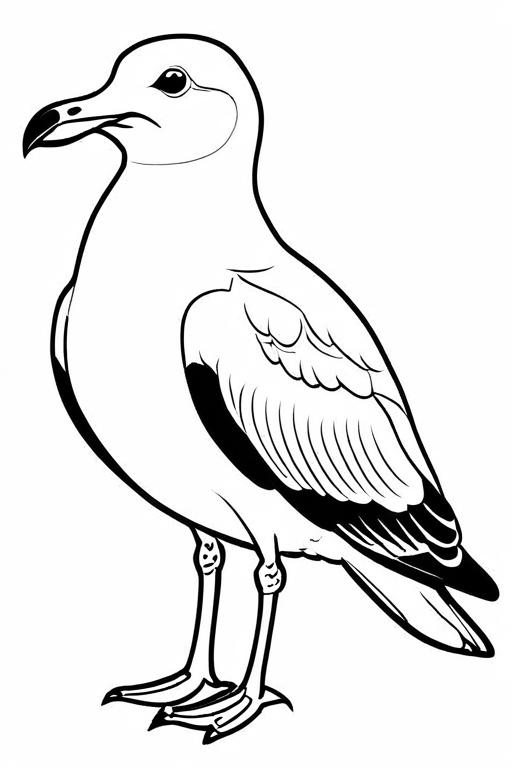
Seagull Coloring Page 48 for Kids
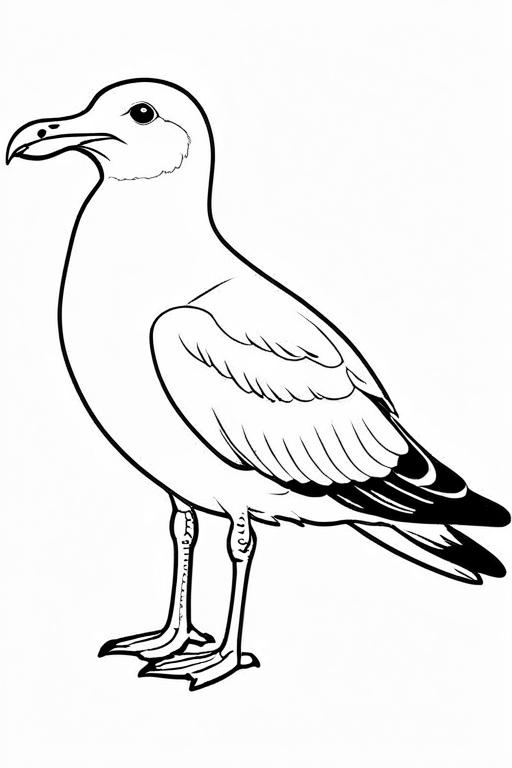
Seagull Coloring Page 49 for Kids
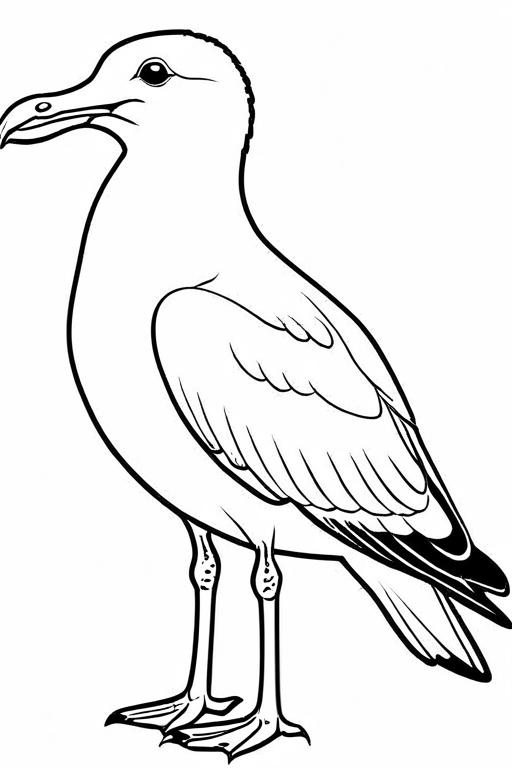
Seagull Coloring Page 50 for Kids
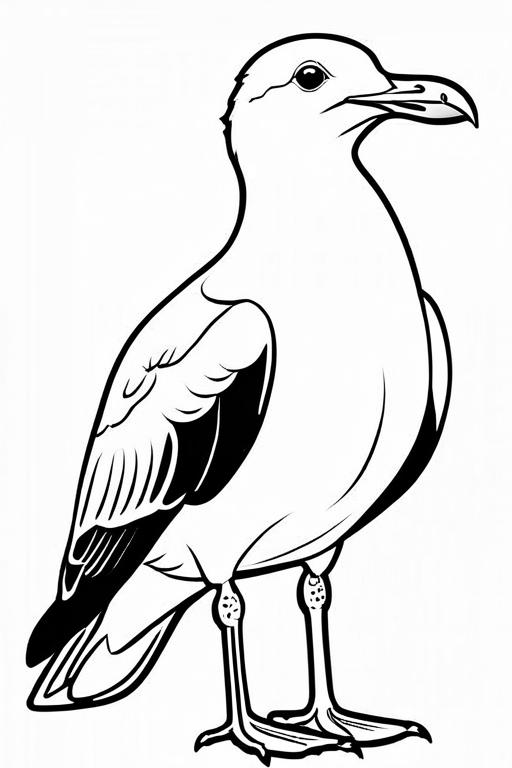
Conclusion
Seagulls are not only intriguing birds but also make for an engaging subject in the world of coloring. These 50 seagull-themed coloring pages offer children a fun and creative way to explore their artistic abilities while learning about these remarkable birds. Whether your child is just beginning to enjoy coloring or is already a seasoned artist, these pages provide both a stimulating challenge and an educational experience.
So, grab some crayons, colored pencils, or markers, and let your child embark on a colorful journey with seagulls. As they color, they’ll not only enhance their artistic skills but also gain a deeper appreciation for one of nature’s most adaptable and fascinating birds.

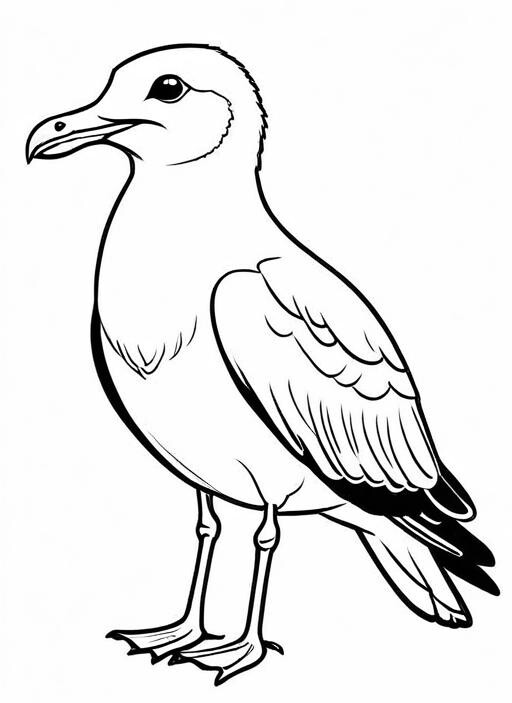
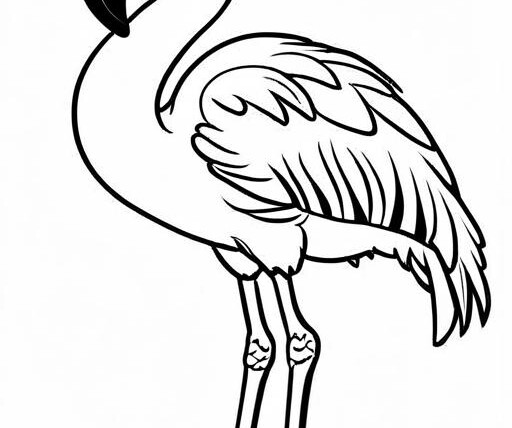
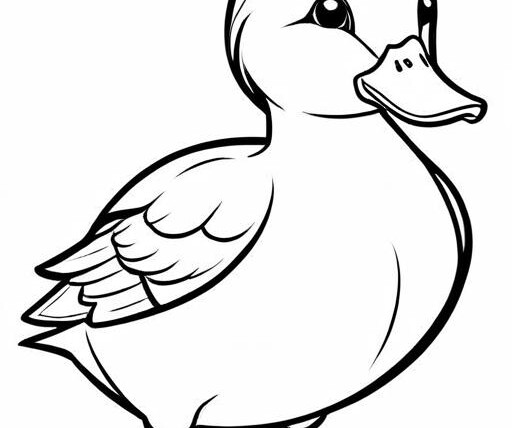
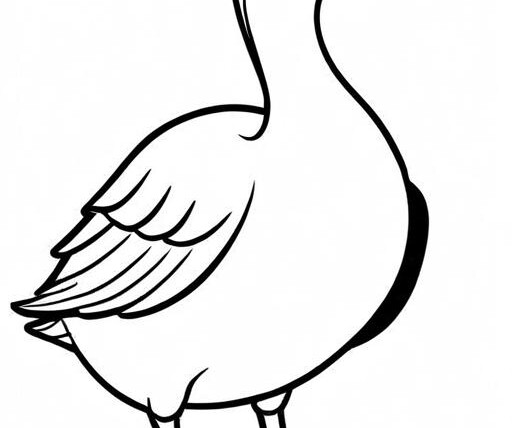
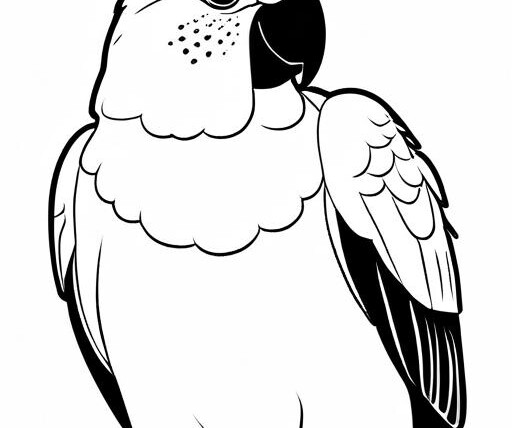
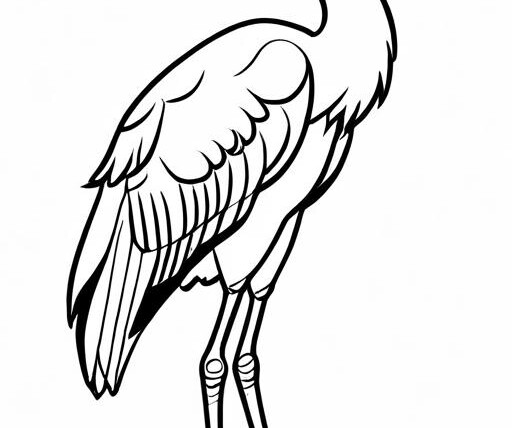
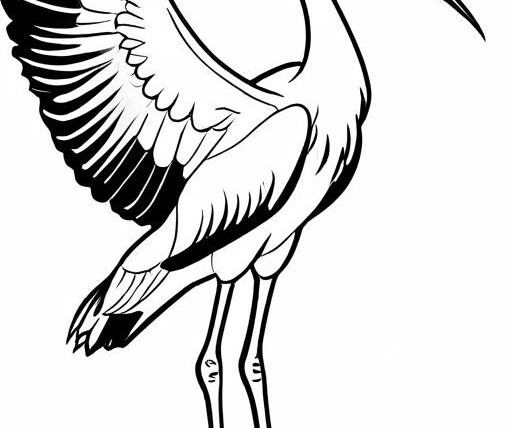
Maze Rampage Kids Activity Books: Unlock Fun and Learning for Toddlers and Preschoolers!
Engage Your Creative Mind with 2,500+ Free Adult Coloring Pages
100 Wasp Coloring Pages For Kids
48 Termite Coloring Pages For Kids